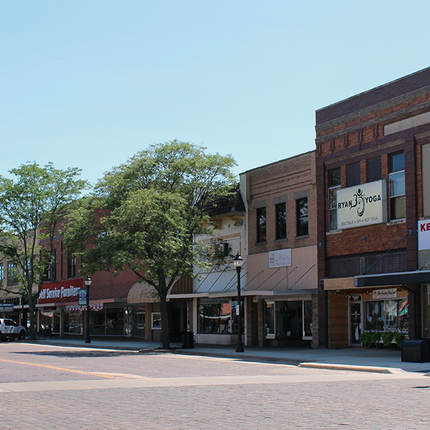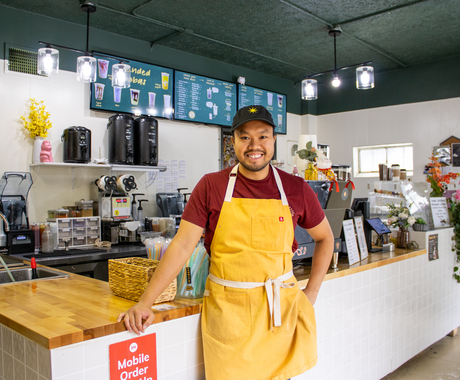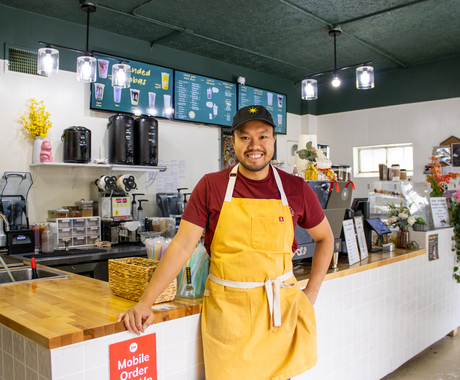Almost weekly, I read surprising new statistics about capital concentration.
The eight richest people in the world now control as much capital as half of the world’s population. The richest 158 families in the United States were the source of more than 50 percent of early cash in the last presidential campaign cycle. The world’s largest company is worth half a trillion dollars.
In a world where fewer and fewer individuals control more and more capital, efforts to rebalance the scales of capital become ever more important. At the Center, we attack this problem through public policy and by operating a revolving loan pool to finance small businesses in rural Nebraska.
Through our lending services program, the Center makes small business loans to rural people who cannot access capital from traditional sources. Our borrowers are folks who often have poor (or simply no) credit history, are start-up businesses without a track record, or lack traditional collateral that a bank will require.
Our small business loan pool has grown to $6 million in outstanding loans. The loan pool is growing rapidly, with $2 million in new loans placed within the last year. Loans range from $1,000 to $150,000. The growth is a reflection of demand from the field.
Borrowers include individuals such as Ana Gonzalez. Ana always dreamed of starting her own business. Her dream became reality when she opened The Enchanted Bakery in Grand Island, Nebraska, last November. Previously, Ana operated a home-based bakery, but with growing demand, she knew she needed a store front.
The Center was able to assist Ana not only with a loan, but also with training and hands-on help to get the business up and running. In the history of our small business lending, we have placed more than 1,300 loans with borrowers like Ana.
Business ownership remains one of the key ways for individuals to build assets over time. Each small business loan we place is an opportunity to rebalance the scales of capital.
Across the nation, there is a significant unmet need for alternative financing such as ours. We face a world where traditional financial institutions are failing too many average people. A national network of nonprofit and community-oriented lenders are stepping up to fill the gaps.
Each loan — and each nonprofit lender — may seem small relative to the challenge of capital concentration. But mission-driven and community-oriented control of capital will be a key strategy to help everyday rural people build a future for themselves and their communities in the coming decades.





